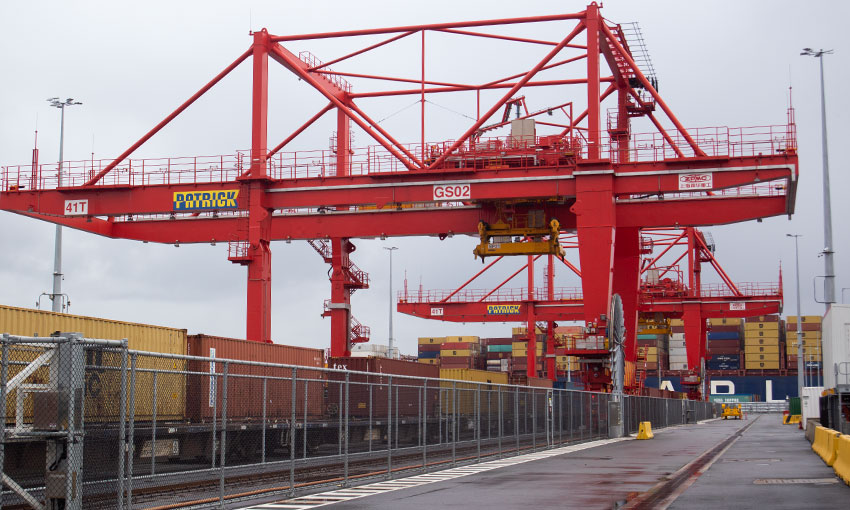NSW Ports has outlined its strategy for moving more freight by rail to enhance efficiency while reducing emissions and road congestion, at the Australasian Railway Association Rail Freight Conference in Brisbane.
Speaking at the conference, NSW Ports general manager of operations and environment Jonathan Lafforgue said more than 400,000 TEU a year was moved by rail at Port Botany – up 64% since 2014. He said NSW Ports had the right strategy in place to continue optimising and growing rail capacity.
“NSW Ports is investing in extra rail capacity to address long-term demand in a sustainable way, by reducing CO2 emissions and the use of trucks, as trade volume increases,” Mr Lafforgue said.
“Together with Patrick Terminals, we are investing $190 million to substantially boost on-dock rail capacity, which will deliver faster turn-around times, more rail windows for operators and allow more containers to be moved by rail to and from the terminal without the need for double handling.”
Mr Lafforgue spoke about the need to build and optimise rail freight connectivity to enhance the sustainability, efficiency and productivity of the nation’s supply chains.
He said NSW Ports’ strategy to maximise the capacity and efficiency of rail freight includes:
- expanding Port Botany’s on-dock rail capacity to meet future container growth demand;
- increasing the two-way loading of trains, including with empty containers, to improve rail utilisation and efficiency and reduce carbon dioxide emissions;
- a mode-shift incentive scheme, funded by Transport for NSW, to incentivise regional exporters to use metropolitan intermodal terminals for the last mile journey to Port Botany and collection of empty containers; and
- working with businesses, rail operators and Transport for NSW to improve access to the shared metropolitan rail network for trains destined for Port Botany.
“Utilising Port Botany’s dedicated freight rail lines and on-dock rail terminals more strategically, by boosting two-way loading of trains and optimising the benefit of intermodal terminals, will help ensure we continue to meet the growing needs of businesses and their customers,” Mr Lafforgue said.
“A mode shift incentive scheme is one way to kickstart this process, with jurisdictions such as Victoria and Western Australia showing that such schemes can successfully increase the volumes of freight on rail.”





